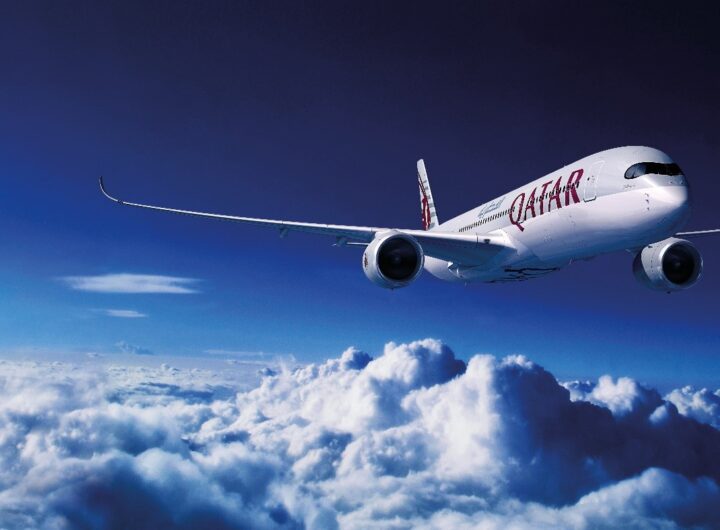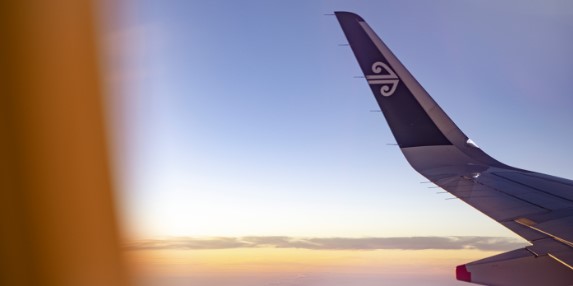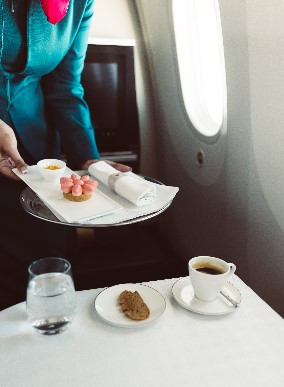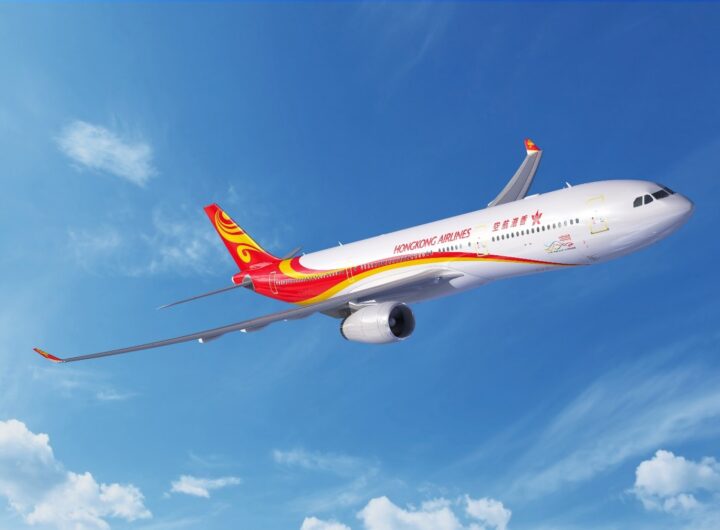
As the aviation business starts bouncing back with an unparalleled path ahead cause by the pandemic, airlines will have no choice but make some fundamental changes to their business strategies and focus as much as they can on savings, at least until (if ever) the numbers of passengers return to pre-pandemic levels.
Singapore Airlines recently made headlines with further investment in its Airbus A380s, resuming its effort to make cabin upgrades throughout the double-decker plane. However there may be a few other airlines that will follow this path, whilst the majority will invest smaller, more fuel efficient aircraft with a better carbon emission than the A380.
Lufthansa’s has opted for this very latest and more cost savings options that will also be beneficial for the climate. The airline will retire their A380, B747-400s, A340-600s, along with A330-200s, B 767-300s operated by other Lufthansa Group airlines.
As confirmed in the company’s 2020 annual report, Lufthansa Group will be adjusting its intercontinental fleets to “reduce complexity, costs and emissions.”
As the airline explains in its annual report:
Key targets are the systematic renewal of the fleet to cut fuel consumption, reduce carbon emissions and trim the number of aircraft models by retiring and phasing out older, less efficient aircraft, such as the Airbus A340-600 and A380. Phasing out large aircraft also increases operating flexibility. The fleet is to be scaled back by 150 aircraft compared with the size before the pandemic.
It’s not clear when the remaining A380s and 747-400s will be sold or permanently retired, though I wouldn’t be surprised to see them never fly Lufthansa passengers again, considering they’re currently in long-term storage.
Most of the fleet updates will impact Lufthansa, though other subsidiaries, including Austrian, Brussels Airlines, Eurowings and Swiss could face significant adjustments, too. As the company explains:
The fleet reductions include three B767s at Austrian Airlines, three A330-200s at Brussels Airlines, three A319s at SWISS, five A321s at Eurowings, seven Bombardier CRJs at Lufthansa Cityline, and the entire sub-fleets of A340-600s (17 aircraft) and A380s (14 aircraft) at Lufthansa German Airlines. The A340-600 sub-fleets and the eight A380s remaining after the agreed sale of six aircraft in 2022 and 2023 have been fully decommissioned for several years. The decision was also taken to immediately sell individual aircraft, seven A340-600s, five Boeing 747-400s and prospectively 40 aircraft of the Airbus A320 family.
It is not all bad news, though. Lufthansa will continue flying its newer Boeing 747-8s, and the parent company intends to continue making investments, including adding more than 175 aircraft to the fleet over the next decade:
Lufthansa is also planning to introduce its new business-class product in 2022, offering far more space and privacy, with an alternating 1-1-1 and 1-2-1 configuration.
The airline has been teasing its new seat since 2017, assuming it starts flying next year, we are looking at a long five years wait, with the product that was originally expected in 2020.
The Lufthansa Group recently reported a net loss of €6.7 billion for financial 2020 as the Covid-19 pandemic shattered the European and world aviation.
Revenue for the year at the airline giant fell 63 per cent, to €13.6 billion, as net debt ballooned 43 per cent to €9.9 billion.
Carsten Spohr, chief executive of Lufthansa, said: “The past year was the most challenging in the history of our company – for our customers, our employees and our shareholders.
Spohr added: “The unique crisis is accelerating the transformation process in our company – this will be a year of redimensioning and modernisation for us.
“The focus will remain on sustainability.
“We are examining whether all aircraft older than 25 years will remain on the ground permanently.
“From the summer onwards, we expect demand to pick up again as soon as restrictive travel limits are reduced by a further roll-out of tests and vaccines.
“We are prepared to offer up to 70 per cent of our pre-crisis capacity again in the short term as demand increases.”
Edited by Joe Cusmano

 Qatar Airways Resumes Flights To Malta: Enhancing International Connectivity
Qatar Airways Resumes Flights To Malta: Enhancing International Connectivity  Turkish Airlines Crowned Best Airline in Europe for the Tenth Time
Turkish Airlines Crowned Best Airline in Europe for the Tenth Time  Taking on the Tasman: Air New Zealand Unleashes 1.7 Million Seats for Summer
Taking on the Tasman: Air New Zealand Unleashes 1.7 Million Seats for Summer  Oman Air Elevates In-Flight Dining with Exquisite Omani Rock Rose Dessert
Oman Air Elevates In-Flight Dining with Exquisite Omani Rock Rose Dessert  Cathay Pacific Elevates Inflight Dining with ‘Chinese Classics’ Menu
Cathay Pacific Elevates Inflight Dining with ‘Chinese Classics’ Menu  Hong Kong Airlines Set to Land in Sydney—And Travellers Reap the Rewards
Hong Kong Airlines Set to Land in Sydney—And Travellers Reap the Rewards  Viking Cruises Unveils 14 New Ocean Itineraries for 2026 & 2027
Viking Cruises Unveils 14 New Ocean Itineraries for 2026 & 2027  Seabourn Elevates Onboard Dining with New Menus and Local Flavours
Seabourn Elevates Onboard Dining with New Menus and Local Flavours  Oceania Cruises Marks a New Era with the Construction of the First Sonata Class Ship
Oceania Cruises Marks a New Era with the Construction of the First Sonata Class Ship 